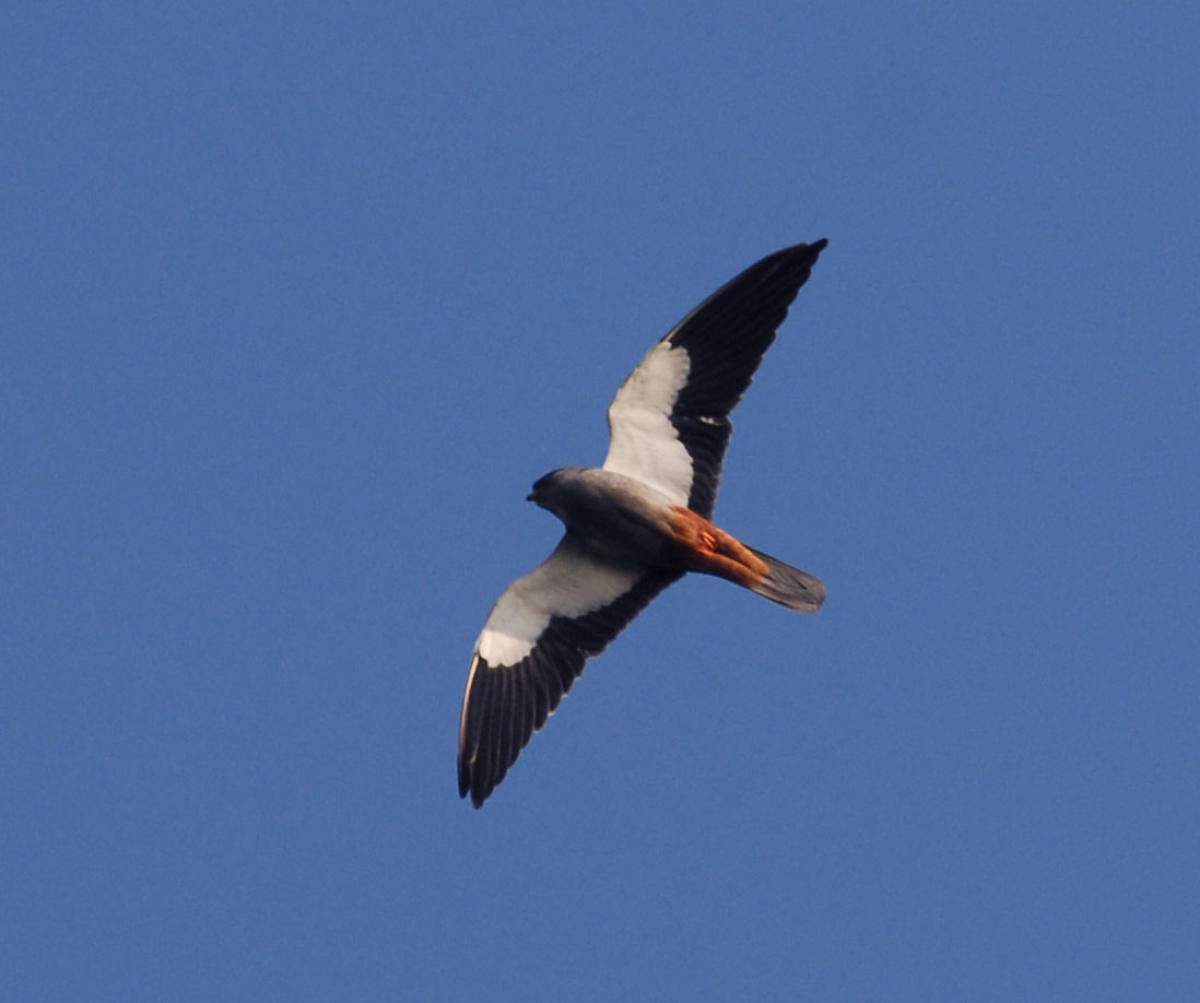

Conservationist cheer as once again the Amur falcons have chosen Nagaland as a pit stop in their long-migratory journey.
A few years ago, these birds were hunted down by villagers in Nagaland during their roosting, the wanton killings not just shocked conservationists internationally but probably made the migratory birds to give a miss to Nagaland, during their 22,000-km migratory flight.
But conservation effort have made a difference— the bird have chosen Nagaland for the second time.
To celebrate the conservation effort, the state organised an Amur Falcon festival in Wokha district from November 8 to 10.
An estimated half-a-million Amur Falcons have arrived at their annual roosting sites in Nagaland and have also visited parts of Manipur, Meghalaya and Assam’s hilly Dima Hasao district.
Longleng, an Amur Falcon, which was satellite tagged in 2016, was among the birds to have come back to Nagaland.
Officials associated with the conservation project said that Longleng, named after Nagaland’s Longleng district, is likely to stay till last week of this month before embarking on its return journey to South Africa via Myanmar, China, Mongolia and some other countries.
"The satellite tracking suggests that last year, she (Longleng) had flown from Nagaland to South Africa and returned to Siberia crossing India, Myanmar and China in both the journeys.
"This suggests that Amur Falcons are taking the same route every year and that the conservation efforts are yielding results,” Y Nuklu Phom, team leader of Lemsachenlok, a community-based conservation group in Yaongyimchen, Alayong and Sanglu villages in Nagaland’s Longleng district told DH.
The project
At least seven Amur Falcons named after Wokha, Pangti and Longleng districts were satellite tagged since 2013 to get a better idea of the bird's migration route and behaviour.
This was done under a joint project of Nagaland forest department, Wildlife Trust of India and a few other agencies.
A 5-gram transmitter, a rechargeable battery and a solar cell were fitted like a backpack on the falcons using a specially made Teflon harness and the birds are tracked using satellites.
Some of them have lost contact, probably because the device may have developed a technical issues and stopped working.
Phom said that they had started motivating local villagers to protect the Amur Falcons way back in 2008, following large scale killings and possible tourism prospects in the villages— which have mesmerising hills, waterfalls and colourful lifestyle of the ethnic tribes— during the roosting period.
They also formed community groups including students to keep watch against hunting and constructed a watch tower to get a better view of the birds.